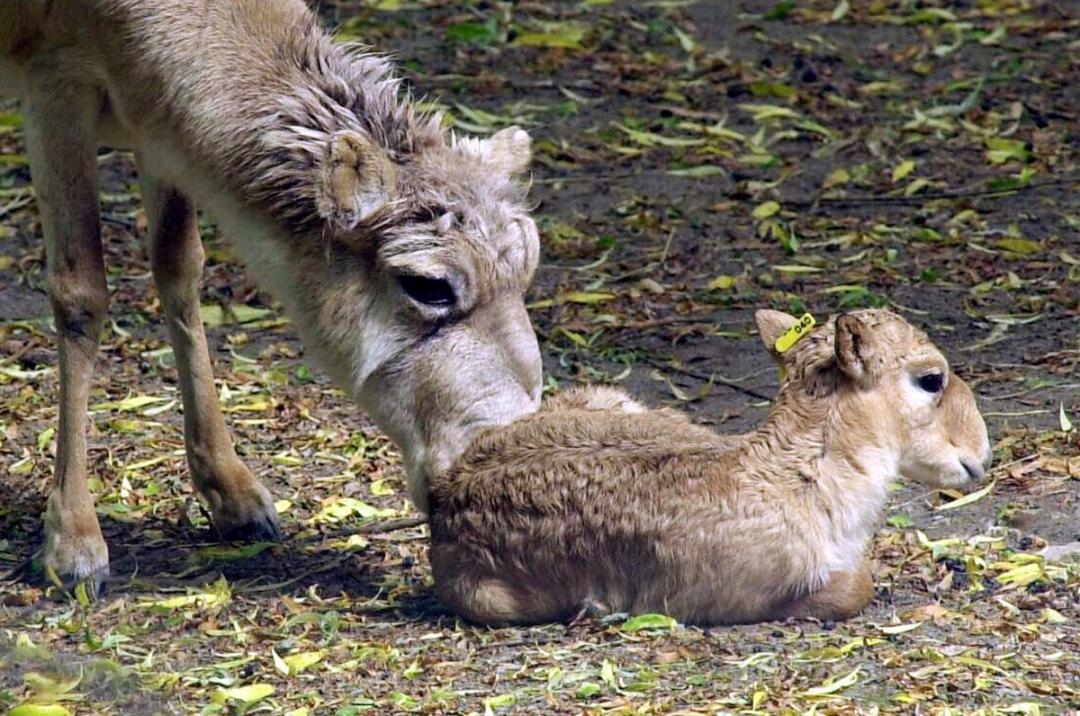Scientists are struggling to explain why half of a particular species of antelope died off in a two-week period earlier this year.
The adult saiga antelopes, most of which reside on the plains of Kazakhstan, saw a population drop of at least 150,000 last summer.
The animal is regarded as extremely endangered and is known for its highly unusual appearance, with large protruding eyes and serrated tusks, Irish news website The Journal reported.
Its population numbers had previously undergone big dips, falling from 1.25 million in the mid-1970s to around 30,000 in 2003. The die-off this year happened in May, and scientists have been investigating since then.
Before it happened, it was estimated that there were around 250,000 to 320,000 of the animal in the world. While it is unclear exactly what happened to cause the deaths, a number of theories have been advanced.
Reputable news outlets, including The Guardian, are reporting that it may have been a bacteria species called pasteurella that lies dormant in the throats of the animals could be to blame for the deaths – with an expert speculating that an unknown factor might have triggered its activity.
Kazakhstan activists have speculated that fuel from Russian rockets may be to blame.
It is thought that the repopulation of the animal may be difficult, as infrastructure investment in the countries it is native in has blocked a number of its migratory paths.
A UN-backed meeting at the end of last month saw an agreement between countries where the animal is native on taking measures to restore its population.
Delegates to the Convention on Migratory Species meeting have now come up with a five-year working plan to address the multiple threats the species faces, Scientific American reported.
The plan covers studying the animals’ health, addressing a recent uptick in poaching, and the rapid development of roads, railways and border fences that have started to cut off saiga migration and could limit their ability to move to greener pastures during harsh winters and dry summers.
According to CMS representatives, specific actions planned between now and 2020 include altering — in some as-yet-undisclosed way — the border fence between Uzbekistan and Kazakhstan, stepping up national reporting and addressing saiga health.


